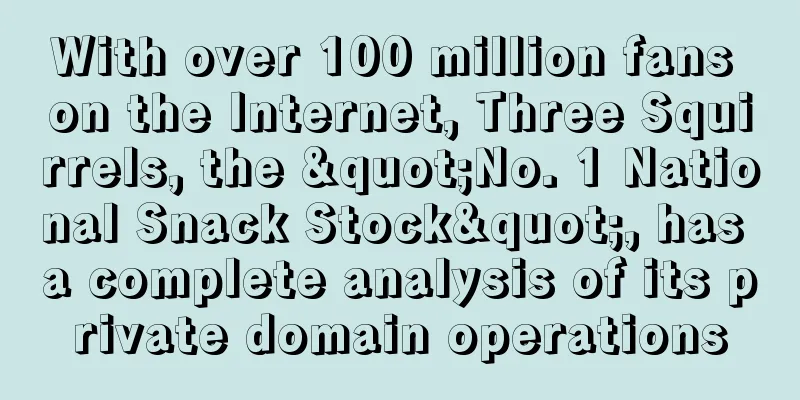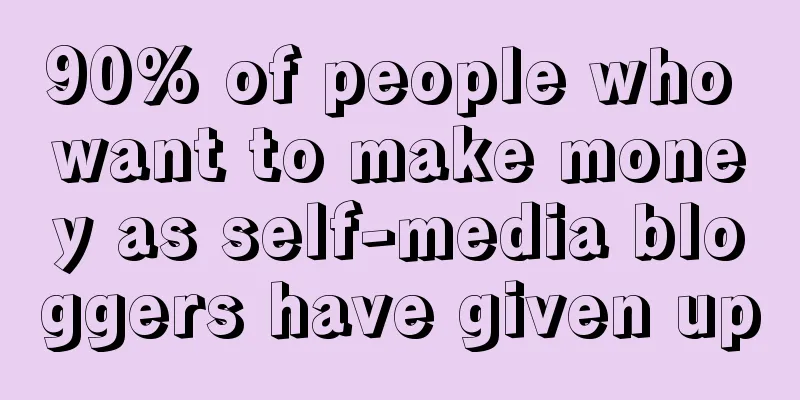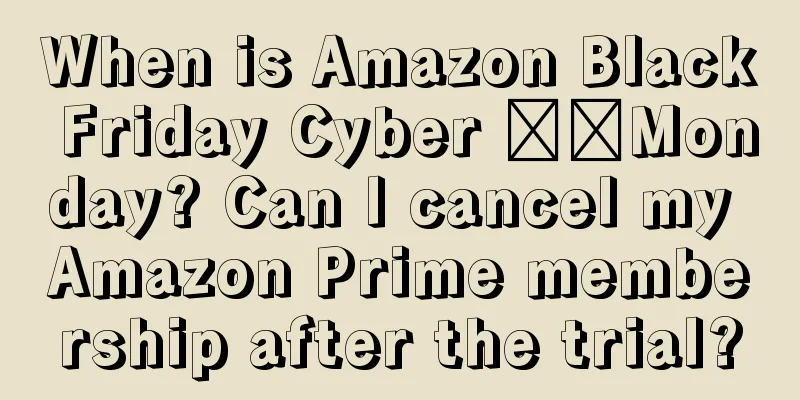Why are people less and less interested in scanning codes?

“Every detail on the product should not be underestimated.” Apart from ordering food in a restaurant, paying for parking, and buying tickets, how long has it been since you actively scanned a QR code on a product? QR codes were once one of the main entry points for consumers and brands to connect from offline to online, and they appeared widely on product packaging, counters, and brochures. Today, the benefits of QR codes, which have become normalized, seem to be becoming lower and lower: during market research, a maternal and infant brand found that the scanning rate of the QR code used for traceability on its packaging was only 1%. Many consumer products try to increase consumer repurchase rates by earning points through scanning codes and giving consumers certain benefits. However, after adding several corporate service accounts, problems such as points redemption not being attractive enough and customer service messages being too intrusive began to emerge. Consumers are inevitably "immune" to such routines and refuse to add or follow more accounts and mini-programs. It is tasteless to eat, but a pity to throw away. This has gradually become the current situation of many QR codes and the pages displayed behind them. What is the purpose of these QR codes on packaging? Do their functions need to be innovated? Many brands are starting to think... 01 More than just tracing the origins of the truthHigh-value products such as skin care products, health care products, liquor, milk powder, etc. usually have anti-counterfeiting QR codes hidden in the inside of the packaging to verify the authenticity and trace the source, giving consumers a way to distinguish the authenticity. Usually, after scanning the code, an information page confirming the authenticity of the product will appear. Then, the QR code has proved its value and "retired" gloriously - it will not be scanned a second time, but will be thrown into the trash can along with the packaging bag, and those traceability pages will be closed. But nowadays, few people scan these QR codes. This is because, in recent years, the government, e-commerce platforms and brands have joined forces to increase the intensity of anti-counterfeiting efforts, and the construction and management of channels have become more perfect, making counterfeit goods almost disappear from regular e-commerce platform channels. This means that as long as consumers trust the platform, they will not go out of their way to verify the authenticity of the product. However, in the case that counterfeits cannot be completely eliminated, the traceability QR code still has its significance, but it seems a pity that it occupies such a small space on the packaging and is only used for authenticity verification. "The use of QR codes is actually more important than you think." Brand consultant Panghu told New Retail Business Review: "Compared to passively accepting brand information, QR codes are actually a way for consumers to learn more about brands more actively." Therefore, how to establish a strong "two-way" connection with consumers through the QR code as an entrance has become a new issue for brands. In fact, well-informed consumers in the Chinese consumer goods market also have certain psychological expectations when scanning traceability QR codes. Consumer Tao Tao said that she bought a Dyson hair dryer and curling iron. She hoped to learn some official usage tutorials by scanning the QR code: "It would be best if it were a short video, or at worst, it would have text and pictures like the previous instruction manuals... However, Dyson's mini program really only has the "Jianzhen" function." She was a little disappointed. Dyson's Jianzhen applet, source: Xiaohongshu "There are indeed many Dyson usage methods on Xiaohongshu, Bilibili and Douyin, but even if these methods will be put in my favorites and 'gather dust', I still want to see how the official method is used," she said. In addition to the authenticity and traceability functions, the innovative use of QR codes on packaging should also provide consumers with unexpected services and experiences. 02 Points, then what?The most basic attempt made by brands on traceability QR codes is to add information or functions to the traceability and authentication information. For example, some milk powder and fresh milk brands will add information such as the milk source and purchasing channels, as well as shelf life reminders, to highlight their "freshness" and high-quality milk source and emphasize the core value of their own brand. Most brands will take advantage of the opportunity when consumers scan the QR code on the packaging to jump directly to the official account, service account or mini program, thus becoming a connection point for subsequent services. Points are one of the common ways to continue service and increase repeat purchases. Maternal and infant products, such as milk powder and diapers, are high-frequency repurchase products. Many brands will give consumers points based on traceability. The points earned from continuous repurchases can be used to directly exchange for products or purchase them at a discount, or exchange them for some peripheral products. However, maternal and infant brands such as Dawang and Friso have made major adjustments to the points mall since last year. The former simply cancelled the points system, while the latter expanded the usage scenarios of the points "milk drop value". Image source: Friso Mini Program Friso's original intention should be to allow consumers to explore more of its mini-programs - Force Planet is a more game-like mini-program that allows mothers to create a virtual image, adopt cows at the source of milk, and participate in online charity activities. In the process, they can better understand the source of milk and corporate culture; Meimahui is a community-based mini-program that integrates traceability, brand stories, and redemption of benefits. This effort to create content is commendable, but Friso has undoubtedly made the points thing too complicated. Consumers, especially parents of newborns, actually have little extra time and energy to carefully study every detail in the mini program and experience the fun of playing in it. In comparison, Yongpu’s “Yongpu Island” is more in line with the young consumer group: after scanning the code, you can “land on the island” and become an islander, the cute UI style, the more game-like check-in points system, the environmentally friendly concept of product packaging recycling, etc., are all factors that attract young people to come and play and stay. Image source: Yongpu Island Mini Program There are also companies like Winona that directly guide consumers to download their own apps to earn points. However, compared with mini programs, downloading apps requires more time and the attraction of points alone is not strong enough, which will discourage many consumers and reduce the effect of attracting new customers. The traceability code in Winona products will guide consumers to download the membership APP to redeem points In general, points or discounts should be a form of feedback given directly to consumers, and should not be roundabout. The "advanced version" of points redemption is the membership mall, which has a more complete membership system that can connect online and offline to serve consumers. The scan code page on the product of milk brand Truensu directly connects to its membership mall "Trunesu Celebrity Club", presenting the actual benefits of becoming a member and continuously upgrading in a relatively clear way. Different from the simple "points-redeem" logic, the form of "accumulation-upgrade-redeem" is used to increase consumer stickiness - this is how the membership system of most consumer goods is currently implemented. However, for high-frequency consumer goods such as milk, the design of member benefits requires more effort. Image source: Telunsu official mall mini program The design of member benefits is a bigger topic, which is not discussed in this article. In essence, the various jump operations after scanning the code are all intended to help consumers understand the product and brand, and provide them with additional services beyond the product, thereby increasing consumers' repurchase. But a new problem arises - in addition to direct discounts, what kind of content and services can be presented after scanning the code to truly retain consumers? 03 Thoughts on community and customized servicesIn recent years, the concept of private domain has become popular, and many brands have changed the QR code window on product packaging from following a public account to adding service personnel’s corporate WeChat. It seems that the service has changed from "one to many" to "one to one", but most of the time it still does not change the situation where consumers passively accept information. As Tao Tao said above, sometimes consumers need guidance on how to use the product better, but many brands have enabled AI customer service, which makes consumers feel alienated. In addition, many corporate WeChat accounts have also become a tool for sales to push discount information. "I originally wanted to add these customer service representatives on WeChat to learn more about product information, but in the end, I just got a lot more enthusiastic salespeople who would send me greetings and discount information during festivals," said Tao Tao. As a result, many consumers are disgusted with scanning codes to add WeChat, and even if they add someone, they will quickly unfollow them. Mint Health, a brand that provides customized light meals and full meals, has put a lot of effort into the QR code scanning service. First of all, when you open the Mint Health full meal product, you can see a huge QR code, which allows consumers to scan the code to add a "nutrition consultant". This QR code is so conspicuous that it is difficult for consumers to ignore it. After adding a nutrition consultant, consumers can quickly get simple instructions for using the entire meal. Weight loss has always been "30% exercise and 70% diet", and eating is very different from person to person, so the professional requirements for nutrition consultants are relatively high. Therefore, Mint Health's nutrition consultants will emphasize that they are manual services, not AI, giving people a sense of security that "a real person is talking to me." Image source: Mint Health In addition, nutrition consultants will also provide some tips when users use whole meal products, or make some adjustments based on the user's weight loss progress. After a full meal is completed, the nutrition consultant will immediately send some small benefits, such as a discount coupon for another full meal, or a discount coupon for healthy snacks - such customized services can bring consumers and brands closer together. The example of Mint Health is somewhat special in that it provides services tailored to the individual and answers questions over a longer period of time. However, the need for companionship is a common feature of young consumers in the new era, so brands need to put more effort into "companionship". The value of the follow-up services provided by many products through QR codes has actually long exceeded the products themselves - once the products truly become one with consumers, they will put forward more derivative demands, allowing the brand concept to become their guide and the products to be born because of them. As mentioned above, Yongpu, after in-depth companionship and understanding of the characteristics of the "islanders", compiled a "Islander Monthly" to showcase the unique cultural life of its consumers and formed an amazing influence - the media "Chief Brand Officer" reported in May 2022 that the circulation of the magazine has exceeded 2 million copies. Islander Monthly, Photo by New Retail Business Review Most consumer products do not have the genes to create such derivative content. In fact, different consumer products do not need to be obsessed with creating content when facing different consumers. What can really keep consumers is to start from the perspective of consumers equally and improve the quality of products and services. And this can start with the QR code printed on the packaging - the competition in the consumer goods market is becoming increasingly fierce, and every detail on the product cannot be underestimated. Author: Qian Luoying Source: WeChat public account "New Retail Business Review (ID: xinlingshou1001)" |
<<: Zibo barbecue brings popularity to the "Shandong Tour" during the May Day holiday
>>: A Preliminary Study on the Application of ChatGPT in Content Operation
Recommend
How can a car company without money do marketing?
In the era of Marketing 3.0, traditional large-sca...
Isn’t City Walk just a stroll?
This article, titled "City Walk is popular, w...
What are the requirements for a Douyin store? How to operate it?
Now more and more businesses are opening stores on...
What does ozon mean? What are the conditions for joining ozon?
With the rapid development of the Internet, more a...
99% of enterprises fail due to these 5 reasons
Private domain traffic is an inevitable outlet for...
Where can I find the Amazon ASIN code? What is the ASIN code?
It is not an easy task for an e-commerce platform ...
I work as an MCN in the Middle East and earn $100,000 a month
In the Middle East, a promising emerging market, C...
November is quietly approaching. How can brands take the right marketing approach?
November is coming soon, and Xiaopai has compiled ...
20 tips for creating paid knowledge and paid communities!
The author shared 20 insights on knowledge payment...
Chinese companies win the World Cup marketing war
The 2022 World Cup is over, Argentina won the cham...
NetEase Blizzard's marketing tactics for breaking up and getting back together
Recently, NetEase and Blizzard have once again bec...
How to view the appeal record on Amazon? Where to view it?
If a merchant runs a store on Amazon and accidenta...
One article to quickly unlock: the entire process of the label system
When should the labeling system be built in the an...
Zhong Xuegao: Not understanding brands
Zhong Xue Gao has made a lot of moves since the cr...
Can an Amazon store change its business license? Related answers
To open a store on Amazon, you need a business lic...









